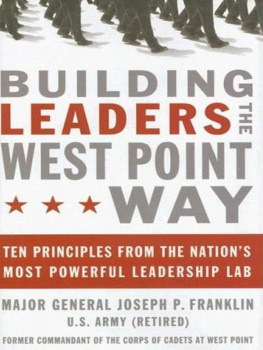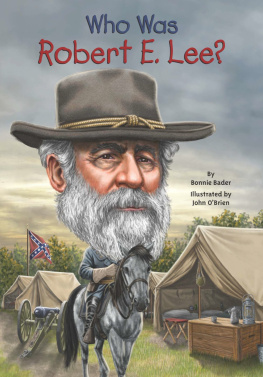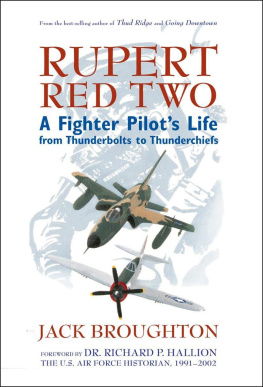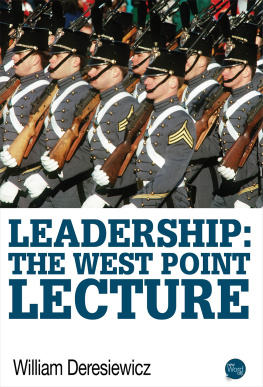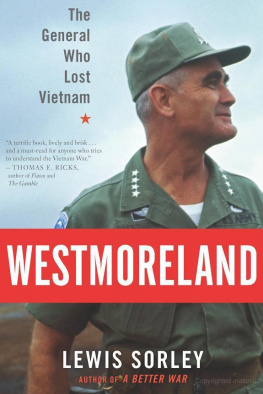WEST POINT 41
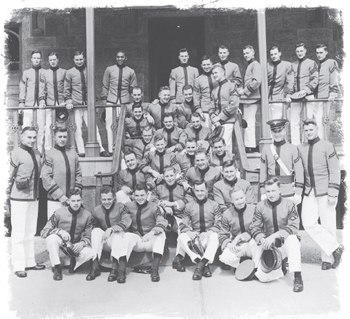
THE CLASS THAT WENT TO WAR AND SHAPED AMERICA
ANNE KAZEL-WILCOX AND PJ WILCOX
With Lt. Gen. (ret.) Edward L. Rowny, U.S. Army
Foreword by Michael J. Meese, Brig. Gen. (ret.), U.S. Army
FORE
EDGE
ForeEdge
An imprint of University Press of New England
www.upne.com
2014 Anne Kazel-Wilcox and PJ Wilcox
All rights reserved
For permission to reproduce any of the material in this book, contact
Permissions, University Press of New England, One Court Street,
Suite 250, Lebanon NH 03766; or visit www.upne.com
Cloth ISBN: 978-1-61168-469-8
Ebook ISBN: 978-1-61168-572-5
Library of Congress Control Number: 2013956151
The authors, and the surviving members of West Point 41 who graciously contributed to this book, dedicate it to class members that made the ultimate sacrificekilled in action in defense of freedom. Noted is each officers branch, and place and date where each was killed in action. In the words of the corps, our hearts are standing at attention.
Capt. Howard F. AdamsAir Corps, over Germany, February 26, 1943
Capt. Emory A. Austin Jr.Calvary, on Attu, May 15, 1943
Capt. Henry N. Blanchard Jr.Signal Corps, in Normandy, June 17, 1944
Capt. Edgar C. BoggsInfantry, on Luzon, February 5, 1945
Capt. Marshall W. CarneyAir Corps, over Italy, October 20, 1943
1st Lt. Ira B. Cheaney Jr.Infantry, on Bataan, January 30, 1942
Lt. Col. Wadsworth P. ClappCombat engineer, in Germany, February 22, 1945
Capt. Lanham C. ConnallyAir Corps, over Japan, July 4, 1945
Maj. Thomas R. CramerAir Corps, over Italy, July 3, 1943
Capt. Robert L. CummingsInfantry, over Leyte, November 30, 1944
Capt. James H. DieneltAir Corps, over Timor, June 11, 1943
Maj. Donald L. DriscollInfantry, in Korea, December 31, 1953
Maj. Paul D. DukeCombat engineer, in France, August 4, 1944
Maj. Ernest Durr Jr.Combat engineer, in Northern Italy, April 26, 1945
Maj. Horace G. Foster Jr.Air Corps, over Hankow, August 24, 1943
Capt. Elkin L. FranklinAir Corps, over Italy, April 20, 1944
2nd Lt. Herbert W. Frawley Jr.Air Corps, on subpatrol, May 18, 1942
1st Lt. William GardnerInfantry, in Normandy, June 6, 1944
Maj. William G. Gillis Jr.Infantry, in France, October 1, 1944
Lt. Col. Ralph R. HetheringtonField artillery, in France, December 1, 1944
Maj. Frank B. HowzeArtillery, in Korea, September 15, 1950
Maj. Thomas A. HumeField artillery, in Korean prison camp, July 31, 1951
Capt. Harry L. Jarvis Jr.Air Corps, over Ploesti, August 1, 1943
Capt. Charles E. JonesAir Corps, over New Guinea, March 16, 1943
Capt. Perry T. JonesField artillery, on Luzon, April 12, 1945
Capt. William A. KromerInfantry, in the Bulge, December 30, 1944
1st Lt. Paul R. LarsonAir Corps, in the Southwest Pacific, November 17, 1942
Lt. Col. Clarence J. LokkerAir Corps, over Germany, November 21, 1944
Maj. William T. McDanielInfantry, in Korea, June 20, 1950
1st Lt. Alexander R. Nininger Jr.Infantry, on Bataan, January 12, 1942
Maj. Paul J. OBrienAir Corps over Rangoon, December 1, 1943
Capt. Hume Peabody Jr.Air Corps, over Gibraltar, October 27, 1942
Lt. Col. Charles L. PeirceAir Corps, over Balikpapan, September 30, 1944
1st Lt. Robert P. PierpointCombat engineer, Japanese POW ship, October 22, 1944
1st Lt. Hector J. PollaInfantry, Japanese POW ship, January 21, 1945
Capt. Thomas E. ReaganInfantry, in Normandy, August 1, 1944
Capt. Robert H. RosenInfantry, in Holland, September 20, 1944
1st Lt. Maxwell W. Sullivan Jr.Air Corps, over Holland, January 27, 1943
Capt. David B. TaggartAir Corps, over Tunisia, January 15, 1943
Lt. Col. Joseph S. Tate Jr.Air Corps, over Germany, December 22, 1943
Maj. Richard J. Tindall Jr.Signal Corps, in northern Italy, February 9, 1945
Capt. Francis J. TroyInfantry, in France, January 25, 1945
Maj. James P. WalkerAir Corps, over Naples, September 7, 1943
Maj. Joseph H. WardAnti-Aircraft Artillery, in Germany, April 5, 1945
CONTENTS
- Foreword
by Michael J. Meese, Brigadier General (ret.), U.S. Army
FOREWORD
I t is now seventy years since World War II and understandable, but unfortunate, that we today forget the magnitude of a world that was truly at war. There was fighting on nearly every continent; over 100 million people served in the military from thirty different countries; there were more than 50 million fatalities; and the results of this cataclysm shaped the fate of the world to this day. In the United States alone over 11 million served from a nation of 132 million. The entire economy was redirected to support the war effort, and virtually everyone personally knew someone who was affected by the war.
By contrast, today instant communication brings us wars from around the world, but they are distant, and relatively few Americans are affected directly. Only about 1.4 million currently serve on active duty from of a nation of over 300 million. Defense represents just 4 percent of the economy, and while Americans have great respect for those who are serving, most Americans dont know anyone in uniform.
Anne Kazel-Wilcox and PJ Wilcox, with General Ed Rowny, have written an important and timely book. With equal parts compelling history, vivid characters, and dramatic stories of war and peace, West Point 41: The Class That Went to War and Shaped America is an inspirational book that offers unique insights into key members of Americas Greatest Generation. The authors have captured Americas military history in World War II, Korea, Vietnam, and the Cold War through the members of the West Point class of 1941 as they entered the United States Military Academy as cadets, graduated into a world at war, and then distinguished themselves during the next several decades serving their nation and growing in their bonds of friendship with one another.
I graduated from West Point in 1981, forty years after the 424 members of the class of 1941, in a very different time and place. But reading West Point 41 reinforces the continuity of the academy, the importance of high standards, and the anxiety of young cadets, as well as the academic, military, and physical challenges that cadets must overcome. Most important, the book captures the deep bonds of kindred friendship that develop among classmates who endure similar challenges, bonds that then serve them for a lifetime.
Having recently retired as professor and head of the Social Sciences Department there, I found the book not only inspirational but instructive, as it truly brought to life the members of the class and those with whom they worked throughout their military service. As a cadet, I was elected to the Cadet Honor Committee and spent many long hours in honor boards in Nininger Hallone of the most important rooms at West Point, because it is there that the fate of every cadet who is accused of an honor violation is adjudicated. In spite of all that time in Nininger Hall, until I read the story of Alexander Niningers heroism as the first recipient of the Medal of Honor in World War II, I had not understood how appropriate and wise the class of 1941 was in dedicating a room, and now an award, in honor of their classmate. Alexander Niningers name is synonymous with honor at West Point, and this book tells the story of how and why it should be.
Next page


